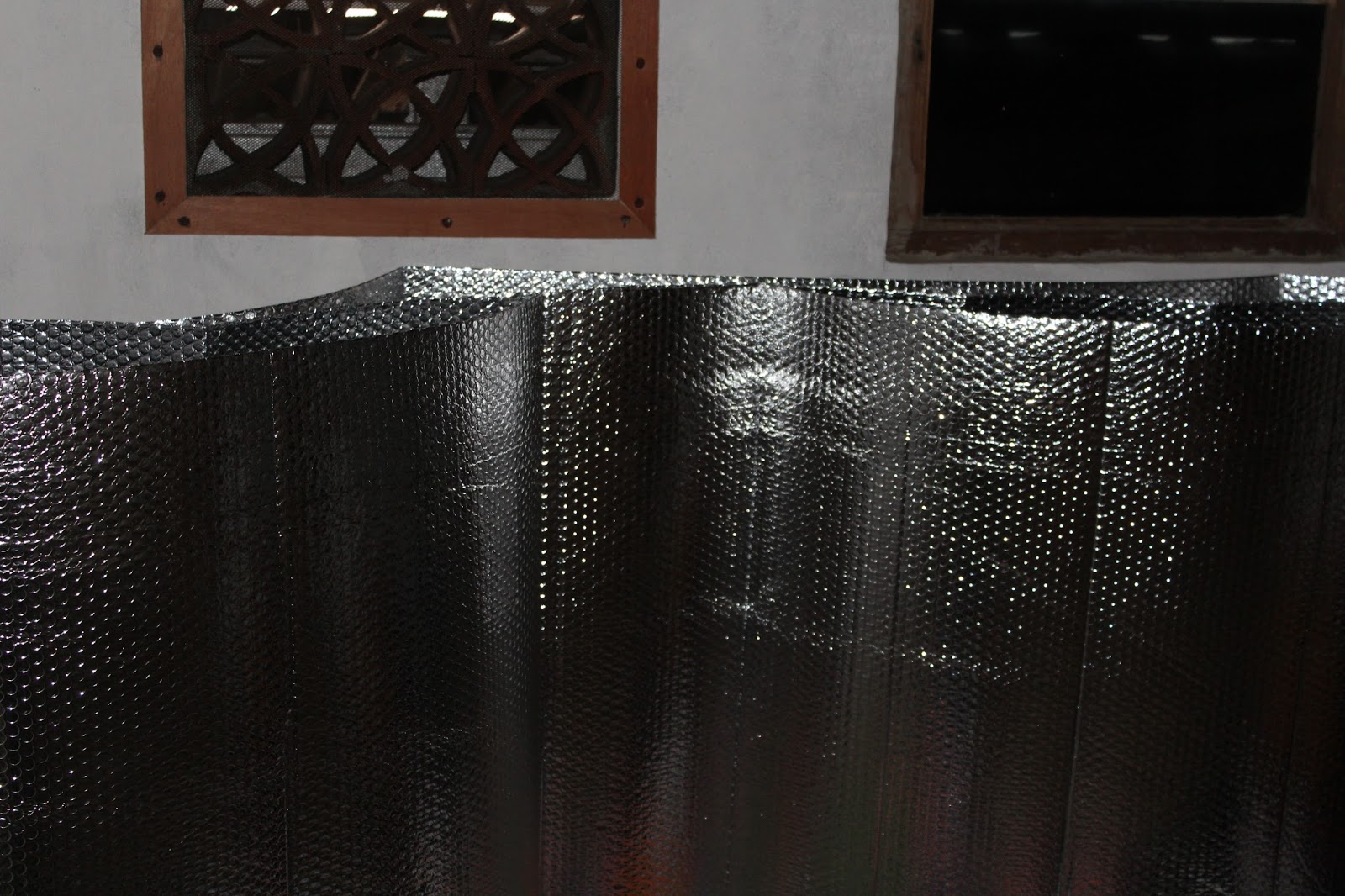If you've ever been through a town, you may have seen tiny 5G cell towers on street light poles. They appear like tiny boxes however, they're actually transmitting wireless signals from mobile providers to your phone.
The smaller ones are being replaced by larger, purpose-built cell towers. Although they're not as visible, they still can create issues for users.
The of the FCC's Radiation Exposure Thresholds
The FCC's Radiation Exposure Thresholds establish the safe distance that one can expose to electromagnetic radiation from wireless devices. The limits for exposure are based on scientific data that show that RF energy could cause harm to health.
The rate of absorption called the specific absorption rate (SAR) is an indicator of the amount of radiofrequency energy that is absorbed by tissue. It's usually 1.6 watts per kilogram, averaged over one kilogram of tissue.
However, because 5g transmits at higher frequencies and has the potential to create more energy on the skin as well as other body areas. This can result in a wide range of possible harms, such as an increase in development of skin diseases such as dermatitis, skin cancer and cataracts.
Because of the potentially harmful effects of radiation from 5G, PSU has chosen to establish a general, localized maximum power density of four MW/cm2 measured on 1cm2, but not to exceed 30 minutes, for all 5G services running at 3000 GHz. This localized limit is consistent with the maximum spatial-average SAR of 1.6 W/kg averaged over 1 grams of tissues at six GHz.
best emf phone protection for Maximum Exposure
In the event that you've used cell phone, then you've probably realized that the safest range from the tower is around 400 meters. This is due to the power of transmission from a cell tower increases dramatically the farther you are from it.
Although this may sound like an ideal idea but the truth is that people living in close proximity to towers could be more prone to health problems. For instance, a 2014 study in India found that those who lived within 50 meters of cell towers had significantly more health complaints than those who lived farther away from the antennas.
However, this study also showed that residents who moved to areas further away from cell towers noticed their symptoms return to normal within a few days. Another study has revealed that exposure to high amounts of electromagnetic field radiofrequency (EMFs) can lead to brain tumors, cancers as well as other health issues.
best 5g emf protection is because RF radiation, which is used in wireless communication can penetrate the human body's outer layer, which is the skin. This is vital to be aware of since the skin functions as a barrier to protect against mechanical injury, infection caused by pathogenic microorganisms and entry of toxic substances. Additionally, it is the largest organ of the human body, and is responsible for protecting other organs.
The FCC's Minimum Exposure Thresholds
The FCC's Minimum Exposure Thresholds are based on various assumptions that aren't supported by scientific evidence. This includes the false belief that short-term exposures RF radiations are not harmful because of the minimal radiation penetration in the human body (i.e., tissue heating).

best emf phone protection does not take into account the deeper penetration of the ELF components of modulated RF signals, as well as the effect on the body of short bursts from pulsed RF waves. These theories are not compatible with the current understanding of biological consequences of RF radiation. As such they shouldn't be used for health protective exposure guidelines.
Furthermore to that, ICNIRP and FCC limit its maximum levels of radiation exposure for local peak SARs, based on the peak frequency of absorption (psSAR), which can be described as not a sufficient dosimetric tool to assess the amount of exposure to radiofrequency radiation. In particular the psSAR tool is not accurate for frequencies that exceed 6 GHz. In addition, psSAR is not been evaluated for RF radiation that is exposed to other agents of the environment such as sunlight. Interactions of RF radiation and other environmental agents may result in antagonistic or synergistic results. This can lead to an increased risk of adverse health consequences. For example, exposure to RF radiation and sunlight could increase the risk of developing skin cancer and exacerbate other skin diseases such as acne.
